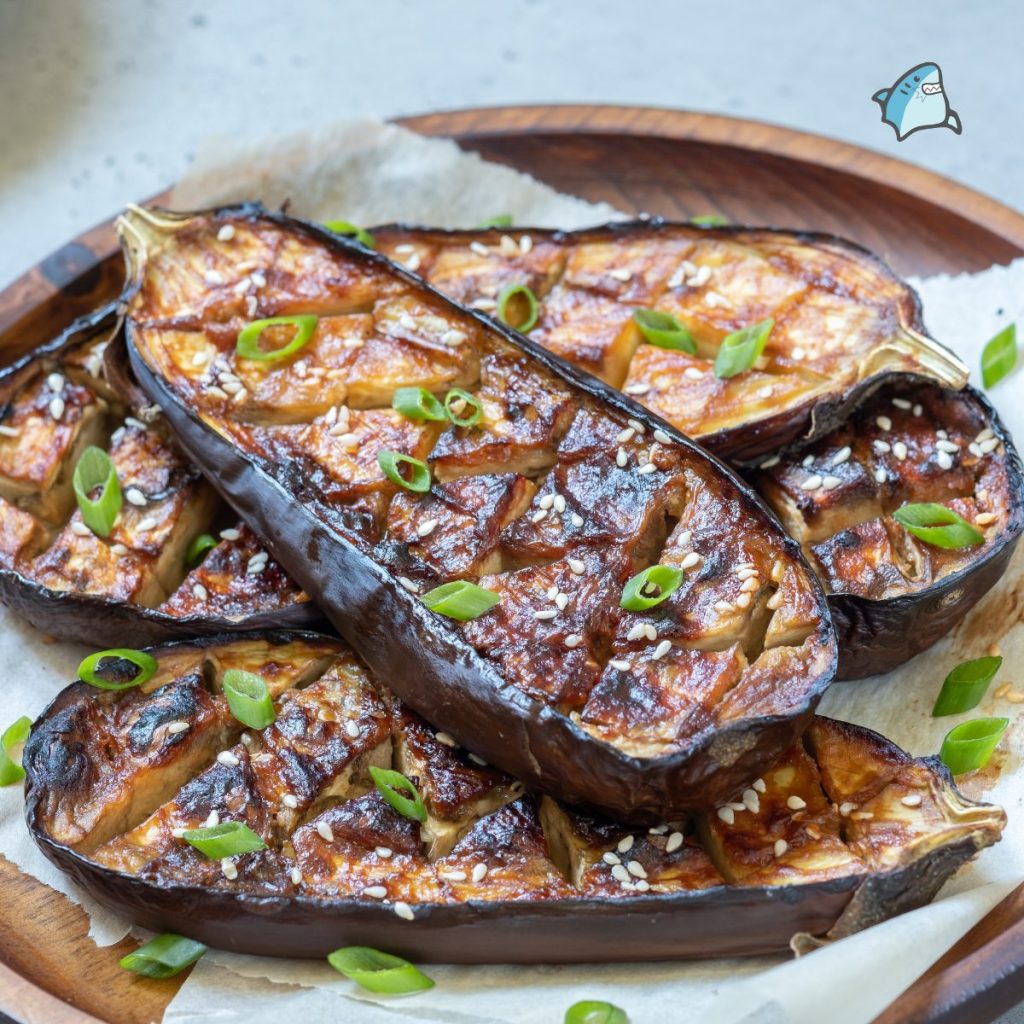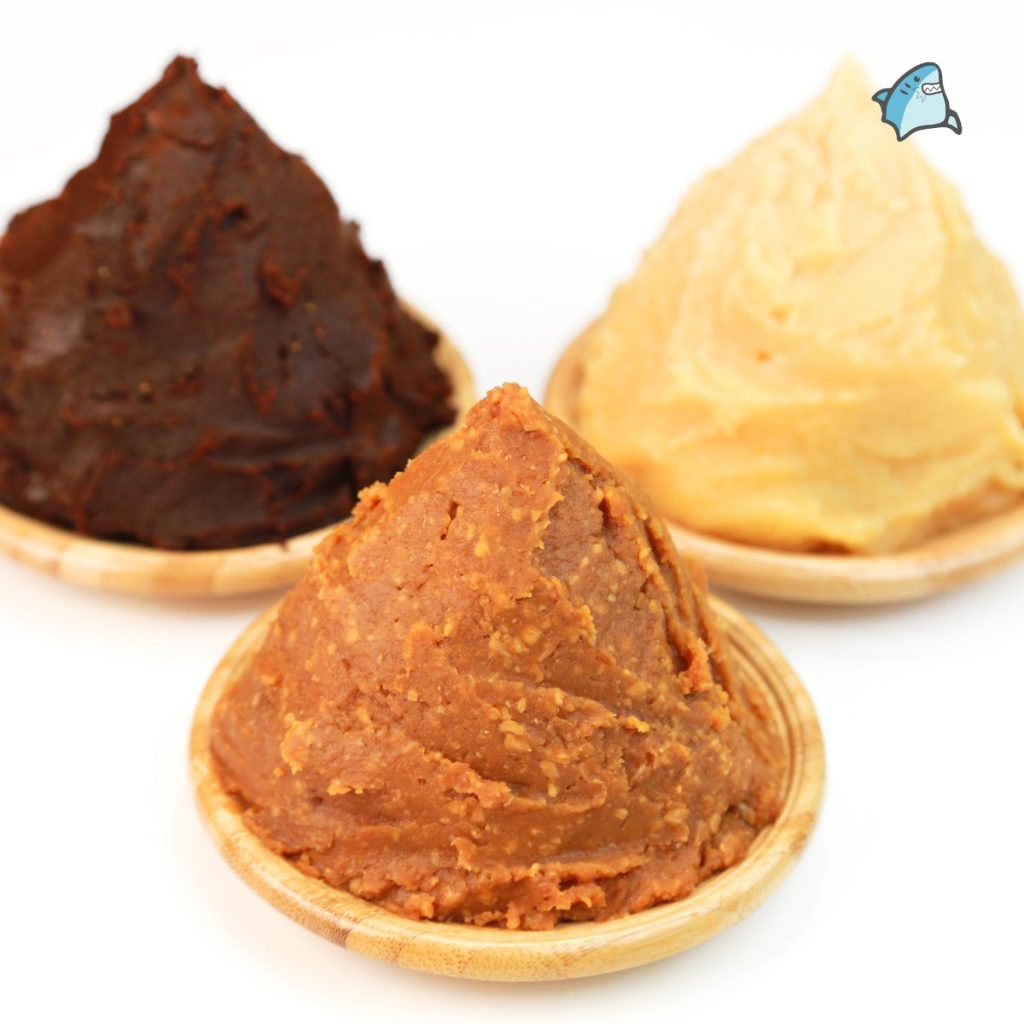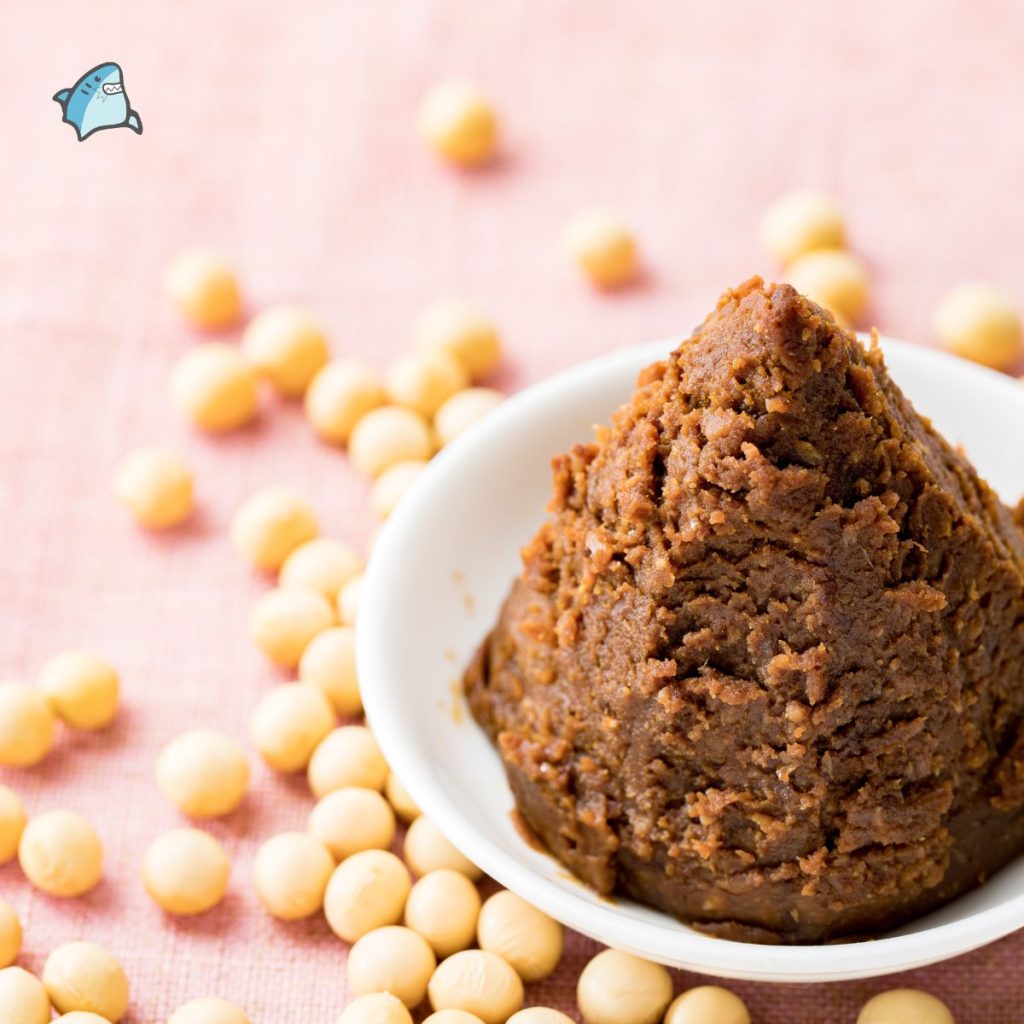Are you confused about which to use in your recipes: miso powder vs miso paste? Look no further!
This article will explore the differences between these two popular ingredients. Discover the unique flavor profiles, nutritional values, and culinary uses of both options.
We will also discuss the shelf life, convenience, and versatility. By the end, you’ll clearly understand when to reach for miso powder and when to grab miso paste.
Key Takeaways

- Miso powder is made by dehydrating and grinding fermented soybeans, resulting in a concentrated and intense flavor with hints of sweetness and nuttiness.
- Miso paste is made by fermenting soybeans with koji, salt, and sometimes other ingredients, resulting in a milder and more balanced flavor with salty, sweet, and earthy notes.
- Both miso powder and miso paste can be used as a seasoning or flavor enhancer in soups, marinades, dressings, and sauces.
- Miso powder has a longer shelf life than miso paste, lasting up to a year when stored in a cool, dry place.
Miso Powder vs Miso Paste: Flavor Profile

You’ll notice that they differ in flavor profiles when comparing miso powder vs miso paste.
Miso powder is made by dehydrating and grinding fermented soybeans, while miso paste is made by fermenting soybeans with koji (a type of fungus), salt, and sometimes other ingredients.
Miso powder has a more concentrated and intense flavor compared to miso paste. It has a rich, savory umami taste with hints of sweetness and nuttiness.
On the other hand, miso paste has a milder and more balanced flavor. It has a complex umami taste with subtle salty, sweet, and earthy notes.
Miso powder is often used as a seasoning or flavor enhancer in soups, marinades, and dressings, while miso paste is more commonly used as a base for soups, sauces, and glazes.
Miso Powder vs Miso Paste: Nutritional Value

You’ll find that their nutritional values also differ as you compare miso powder and miso paste.
Miso powder is made from fermented soybeans, which are dried and ground into a fine powder. On the other hand, miso paste is made by fermenting soybeans with salt and koji, a type of mold. The fermentation process gives miso its unique flavor and nutritional benefits.
Here is a comparison of their nutritional values:
| Nutrient | Miso Powder | Miso Paste |
|---|---|---|
| Calories | 34 | 56 |
| Protein | 3g | 5g |
| Carbohydrates | 4g | 4g |
| Fat | 1g | 2g |
As you can see, miso paste has slightly higher calories, protein, and fat content compared to miso powder. However, both forms of miso are rich in essential amino acids, vitamins, and minerals. So, regardless of which form you choose, miso can be a healthy and flavorful addition to your diet.
Miso Powder vs Miso Paste: Culinary Uses

One popular culinary use for miso powder and miso paste is dressings and marinades. Both forms of miso add a rich, savory flavor to these types of recipes.
Here are three ways you can incorporate miso powder or miso paste into your dressings and marinades:
1. Dressings
Mix miso powder or miso paste with oil, vinegar, and other ingredients to create a delicious salad or dish dressing. The umami flavor of miso adds depth and complexity to your dressings.
2. Marinades
Combine miso powder or miso paste with soy sauce, ginger, garlic, and other seasonings to make a flavorful marinade for meats, tofu, or vegetables. The miso helps tenderize the ingredients and infuse them with a savory taste.
3. Glazes
Use miso powder or miso paste as a base for glazes for roasted or grilled dishes. The caramelization of the miso creates a rich, sweet flavor that enhances the taste of the food.
With their versatility and unique flavor profile, miso powder and miso paste are excellent additions to your culinary repertoire. Whether you’re making dressings, marinades, or glazes, miso can elevate your dishes to new heights of flavor.
Miso Powder vs Miso Paste: Shelf Life

To determine the shelf life of miso powder and miso paste, you should check the expiration date on the packaging. Miso powder and miso paste have different shelf lives due to their varying compositions.
Miso powder, being dehydrated and powdered, has a longer shelf life compared to miso paste. Typically, miso powder can last up to a year when stored in a cool, dry place.
On the other hand, miso paste has a shorter shelf life and usually lasts for several months when refrigerated. It’s important to note that these are general guidelines, and the actual shelf life can vary depending on the brand and storage conditions.
As with any food product, it’s essential to follow proper storage practices and discard any miso powder or miso paste that has passed its expiration date to ensure food safety.
Miso Powder vs Miso Paste: Convenience and Versatility

If you’re looking for a convenient and versatile option, miso powder offers many uses and possibilities.
Here are three reasons why miso powder is a great choice:
1. Easy to Use
Miso powder eliminates the need to mix and dissolve traditional miso paste. It can be easily sprinkled onto dishes as a seasoning or added to soups, dressings, and marinades without any extra preparation. This makes it a time-saving option for busy cooks.
2. Long Shelf Life
Unlike miso paste, which needs to be refrigerated and has a relatively short shelf life, miso powder has a longer shelf life and can be stored in a cool, dry place. This means you can have miso flavor on hand whenever you need it without worrying about spoiling.

Konnichiwa! (Hello!) I'm Pat Tokuyama, a Japanese tofu cookbook author, who travels for music, food, and adventure. If you like Japanese tea, checkout some of the newestorganic japanese tea, matcha bowls and noren and more!
** Curious about the Plant Based Japanese Cooking Club? ** Learn more here!
3. Versatile Flavor Enhancer
Miso powder adds flavor to various dishes. Its umami-rich taste can enhance soups, stir-fries, sauces, and baked goods. Plus, its powdered form allows for more control over the intensity of the flavor, giving you the freedom to adjust the taste according to your preferences.





Konnichiwa! (Hello!) I'm Pat Tokuyama, a Japanese tofu cookbook author, who travels for music, food, and adventure. If you like Japanese tea, checkout some of the newestorganic japanese tea, matcha bowls and noren and more!
** Curious about the Plant Based Japanese Cooking Club? ** Learn more here!